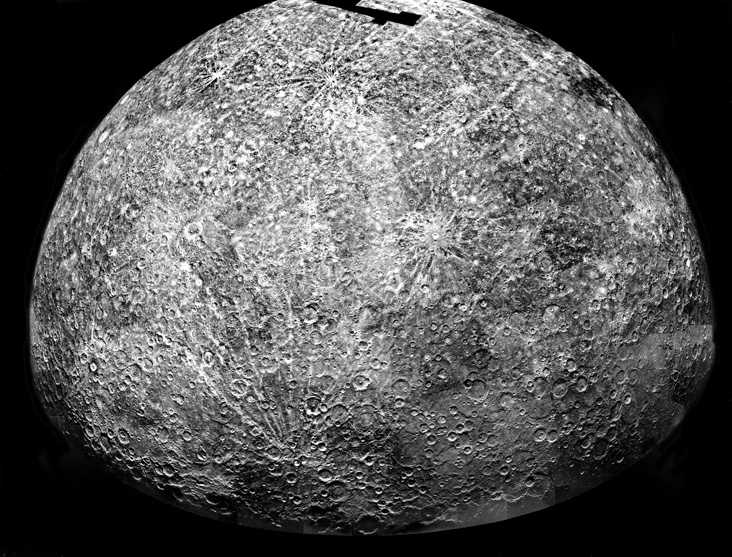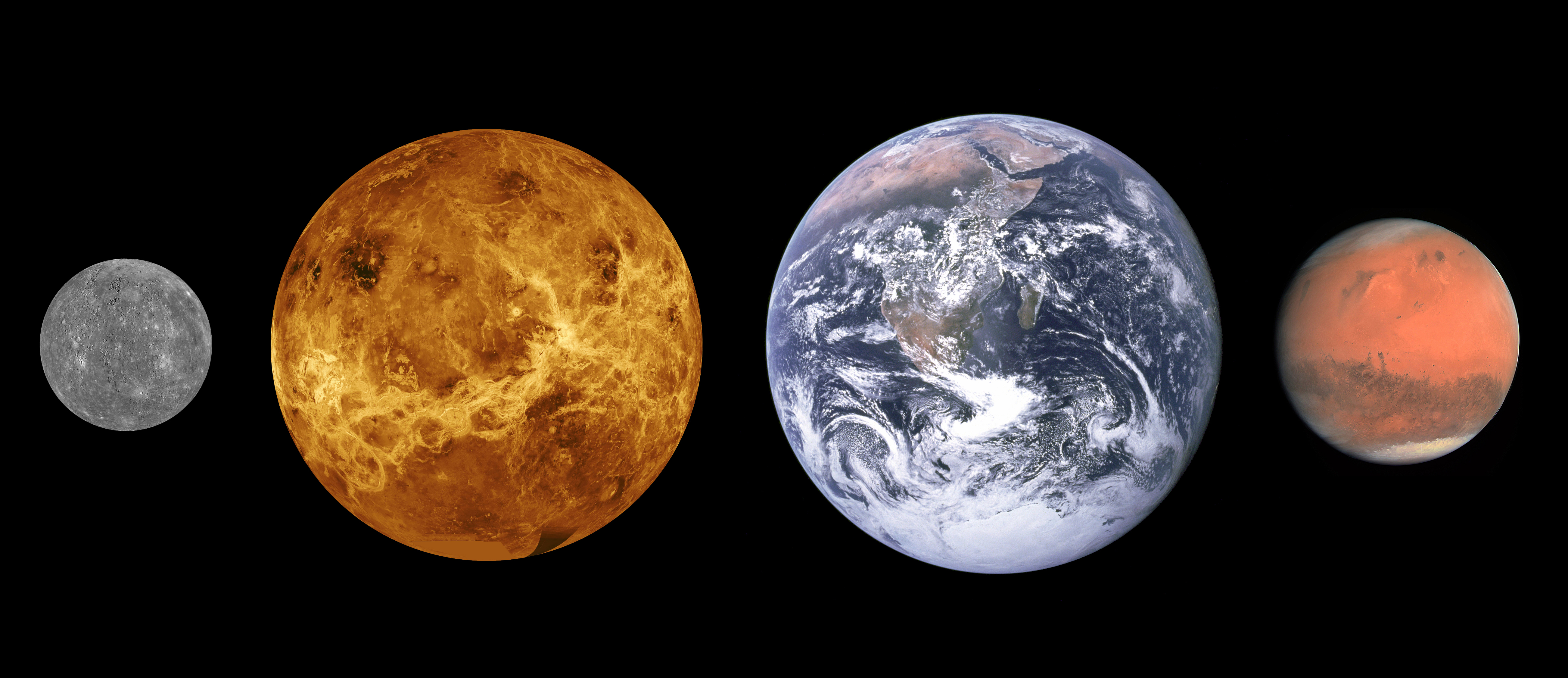mercury
Mercury (Winter 2017)
Mercury, one of the ancient planets, has been observed since time immemorial. However, despite this legacy, and despite lying closest to the Sun, the true nature of this small, barren world remained shrouded in darkness until very recently. By examining the history of telescope observations, the Mariner 10 mission of the 1970’s, and the recent MESSENGER mission, this project will provide an overview of what has been learned about the geological makeup of Mercury in the past half century.
How Does Position Affect Geology? (Fall 2016)
The goal of the study was to compare and contrast the geological features between Mercury and Pluto. These two bodies were chosen due to their extreme orbital radius differences in relation to the sun, with their overall size being quite similar. The data for this study was obtained by focusing on two particular satellite missions: MESSENGER, which explored Mercury, and New Horizon, which explored Pluto. Through this data the geological similarities and differences were compared.
Can Venus or Mercury sustain life? (Winter 2016)
Venus and Mercury, along with Mars and Earth, are considered terrestrial planets; they are composed primarily of silicate rock and metals. These four planets are also considered the inner planets because they orbit close to the Sun, especially compared to the outer planets. These similarities often lead to Venus and Mercury being referred to as ‘Earth-like’. However, there are significant differences in the atmospheres of Venus and Mercury, as compared to Earth, which make them unsuitable for life.


